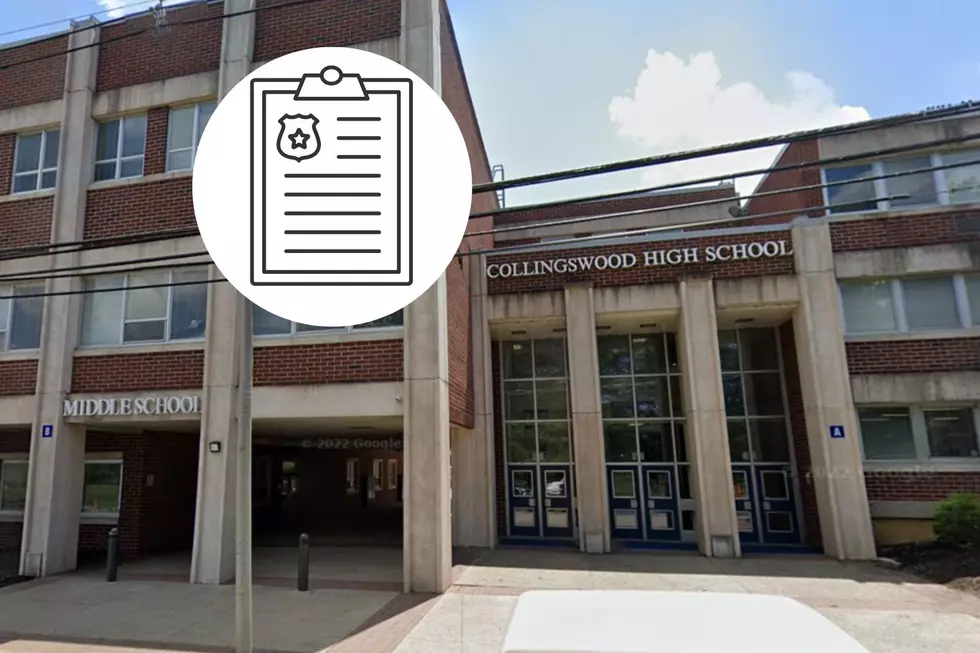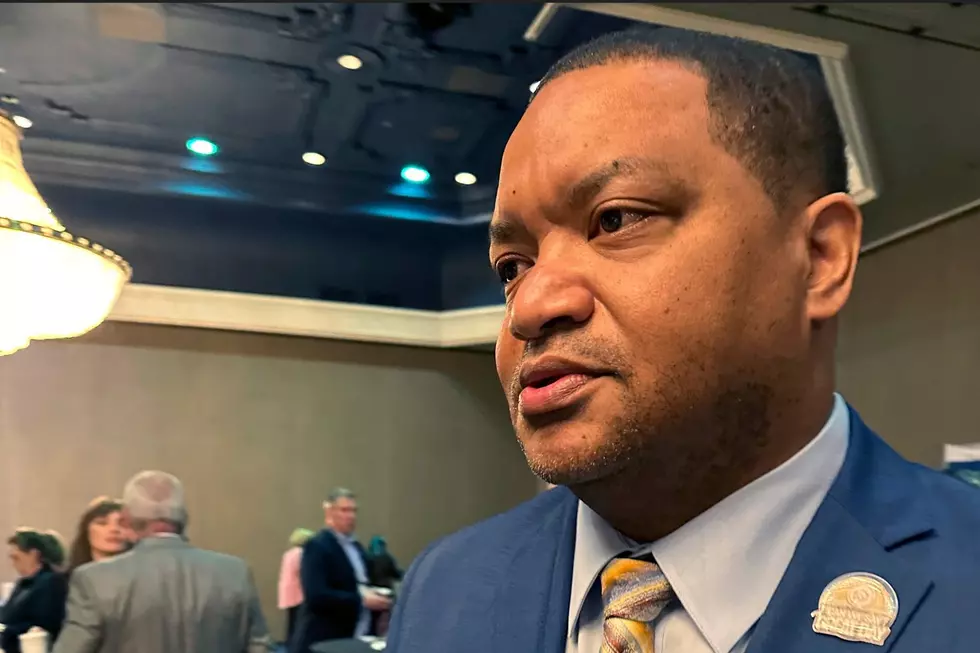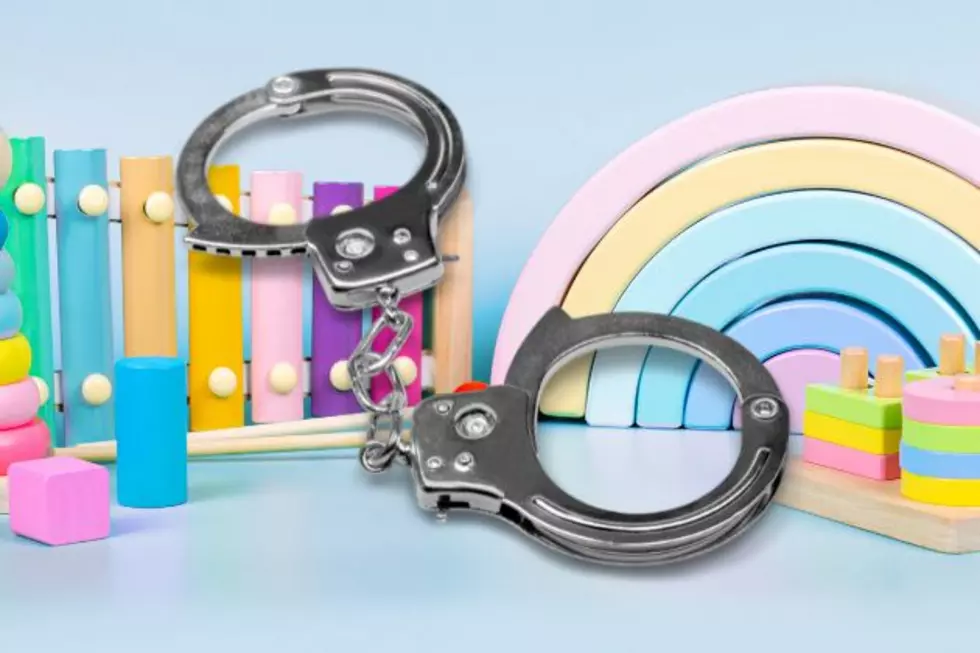
More kids in these 11 NJ towns have high lead levels than in Flint
More children in 11 New Jersey communities have high levels of lead in their blood than seen in Flint, Mich. — the town facing a public health crisis that's being investigated by the FBI and several other authorities — according to advocacy groups and some lawmakers.
Such high lead levels were found Atlantic City, East Orange, Elizabeth, Irvington, Jersey City, Newark, New Brunswick, Passaic, Paterson, Plainfield and Trenton. Higher percentages of kids with elevated lead levels were also seen in Cumberland and Salem counties, according to the groups.
But unlike Flint, it isn't a tainted water supply that's to blame, representatives of the groups say.
“Water is not the only way children are lead poisoned,” Elyse Pivnick, director of environmental health for Isles, Inc., said in an announcement from the group. “In NJ, the primary source of lead poisoning is chipping and peeling lead paint applied many years ago in housing that is not well maintained."
According to Isles, among children tested in 2014, there was a higher percentage of children with elevated blood lead levels in the 11 cities and two counties than in Flint. In 2015, for the first time, more than 3,000 New Jersey children were newly identified with elevated levels.
Isles joined other groups and community leaders Monday at a State House press conference, urging Gov. Chris Christie to support lead-poisoning prevention members.
Launching a campaign to fund llead-poisoning prevention efforts were the Housing and Community Development Network of New Jersey; Isles, Inc.; New Jersey Citizen Action; and the Anti-Poverty Network of New Jersey. They're asking Christie to restore $10 million in funding for the Lead Hazard Control Assistance Fund in the next state budget.
“In 2016, no child should suffer from lead poisoning. It’s a completely preventable issue," Staci Berger, president and chief executive officer of the Housing and Community Development Network, said in the announcement. "Our budget should reflect that. We hope the governor will abide by the law and do right by our children by putting the money where it belongs. Our children should not be lead detectors.”
The fund was introduced in 2004 to help allocate resources to remove lead from older homes. It offers deffered-payment loans or grants to property owners, helps relocate affected families and funds education efforts.
Lead-based paints were banned in 1978.
But the groups said Monday money has been shifted away from the fund to pay for other state needs.
"Since the implementation of the LHCAF, the state has steered more than $50 million into its general treasury instead of the LHCAF as required," the groups wrote.
They're asking supporters to rally behind the hashtag #LeadFreeKidsNJ
"Our goal is to send the governor 3,100 children's handprints representing the children who will be needlessly poisoned by lead this year, to remind him that his budgetary decisions have real consequences to our children's future," Ann Vardeman, associate director of organizing and advocacy for New Jersey Citizen Action, wrote in the announcement from the groups.
About 225,000 young kids in New Jersey have been afflicted by lead since 2000, according to Isles.
The groups are also hoping to promote public awareness of lead contamination, and to pass a law shifting responsibility for lead paint inspections to local governments.
More From New Jersey 101.5 FM









